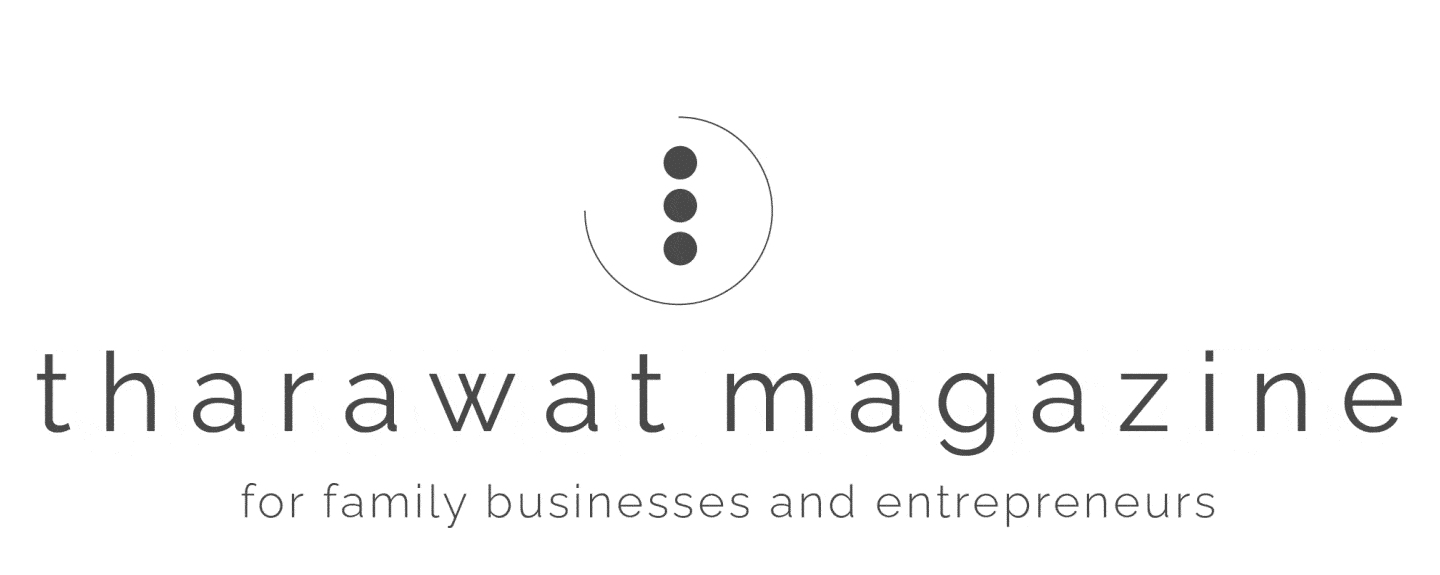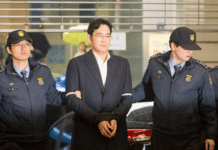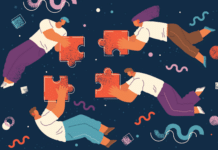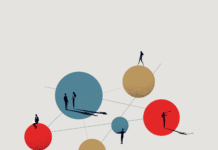
Photo by rawpixel.com from Pexels</p>
It is a familiar lament from business leaders. They have a compelling case for strategic change – new technology renders a core product obsolete, or there’s a terrific opportunity for a merger – but they encounter ‘resistance to change’ from employees. In response, they redouble their attempts to sell the case, focusing on the benefits of the brave new world, assuming that any resistance is mere sentiment.
<p>Research on how human beings actually deal with change, however, indicates that this framing is all wrong, and makes change programs harder to implement. What we discover is that resistance to change comes not from suspicion of that which is new, but a sense of loss from that which is disappearing. People need space to grieve; and from this process, a renewed ability to grow and adapt can emerge. Hurrying people along without a period of mourning, patronizing them for perceived nostalgia or conservatism, can create a vicious circle.
Our findings, building on pioneering work that began around 50 years ago, has profound implications for the ways in which business leaders understand, prepare for and implement major change programs. Our research has been primarily with family-owned businesses, where attachments – and the commensurate sense of loss – can be particularly intense. But the findings are relevant to all firms.
A pioneering researcher was the psychoanalyst John Bowlby, who developed the concept of attachment theory in the mid-20th Century. Many of his observations have, more recently, been reinforced by discoveries in neuroscience, showing how the effects> of stress, such as bereavement or similar loss, include physical symptoms at the neural level, akin to an illness. The inner workings of the brain stem—an ancient structure between the brain and the spinal cord – is the area of origin for the drives that cause us to form the attachments that bind us. We are driven by this area to seek attachments to others and to love, care for, and enjoy their company. It is also from this area that fear arises when our attachments are threatened, and which is also involved in the grieving process that occurs after separation.
The drive to form attachments to groups is inherent to our nature and functions unconsciously when we do not respond to this drive by forming them consciously, Bowlby concluded. The human instinct to form attachments to groups that provide security and comfort is just as robust today as it was in our distant past.
Most adults spend a majority of their time within the context of their employing organization, deriving much of their daily routine, social interaction, and confidence based on these attachments. The extent to which these efforts are not supported or reciprocated by today’s organizations, and their leaders, is the extent to which it is human nature to seek out other aspects of the organization for our security and support. These alternate attachments can be tangible organizational objects, or relationships, as well as abstract ones, and are often more evident in family businesses.
When these substitute attachment objects are removed or replaced, the sense of loss can emerge unexpectedly. The lossn> is experienced as a result of the modifications employees must make in their living and/or working arrangements, and can result in symptoms of depression. While this period of mourning is painful and often filled with uncertainty, it is an essential part of healing.
It is through a healthy grieving process that we find the type of renewal and growth that increases our capacity to think in new ways—to problem solve more confidently and move in new directions. This insight by Bowlby has been borne out by our own recent research. In contributions to the new publicati>span>on Family Capitalism, we highlight how the practical wisdom of some business-owning families facilitated major change programmes successfully by permitting a period of mourning.
In one family-owned restauraspan>nt business, for example, strategic logic determined that the older founding couple sells their original barbecue outlet, and devote their energy and resourcesspan> into the younger business managed by their son. Such was the identification of the family with the more established restaurant, however, that they had run for four decades, that the emotions involved were immense. Charlie, one of the co-founders, said: ‘I felt I had lost my identity.’ By giving themselves permission to mourn; to cry and to hug each other, the family gave space for their emotions, were able to move on, and enjoy the profit and the reduced commitments that the sale afforded.
In th”>e ca>n>se of a UK-based international publisher, the growth of digital giants created overwhelming competitive pressures, such that the only strategic option left was to sell to a bigger rival. The founder of this family firm devised ingenious ways to minimize the persona=”textannotation”>l disruption for employees, ensure a commercially successful change of ownership, and create a legacy. He offered all lass=”textannotation”>staff with more than five years’ service a ‘Thank You’ bonus. He also permitted them to take an original work of art from his ass=”textannotation”>extensive collection, some of which had been on display in the workplace. Such a thoughtful bequest enabled staff to possess what is known psychologically as a ‘transitional object’, identified by psychoanalyst Donald ass=”textannotation”>Winnicott as a valuable focus for attachment during a period of change. In addition, the company’s high-quality art books section and philanthropic arm were retained in family ownership and were not part of the sale.
“[A healthy response to loss] is defined as the successful effort of an individual to accept both that a change has occurred in his external world and that he is required to make corresponding changes in his internal, representational, world and to reorganize, and perhaps to reorient, his attachment behavior accordingly.” (John Bowlby, from Attachment and Loss, vol. 3, 1980, p. 18).
The purpose of acknowledging high human emotions, and permitting space for tegy”>extannotation”>mourning or introduction of earch”>extannotation”>transitional objects, is not to be indulgent for its own sake. It serves a business purpose also, to enhance strategic capacity (see diagram below).
com/tharawat/entity/transparency_behavior”>ontent/uploads/2017/07/moving-on.png”>Our own research is showing that when an attachment object associated with an organization is lost, it causes a type of instability which then leads to a subset of behaviors. These behaviors are in response to the instability or unsettledness caused by loss and lead to a period of mourning. This impacts the effectiveness of the organization. However, if this mourning period is understood and supported by management, it can be shortened, and can also lead to a time of growth, and re-commitment for the employees.
A better understanding of our employee’s natural role is important not only in our businesses but in society. The role of attachments, loss, and mourning leads to an opportunity for growth in strategic capacity — the ability to transcend the past and take advantage of newly conceived opportunities that will take the success of the family business, and indeed others, to a new level.
Learning Points for Managers
- Human beings are emotional and are wired to form attachments. Attempts to ignore or short-cut unavoidable processes such as grieving are likely to be counter-productive.i>
- When people appear to resist change, they are more likely to be grieving that which is lost than fearing that which is new.
- Permitting attachments as transitional objects – in a legacy artifact, logo, or ritual – can help the transition to the new arrangement.
Case studies are taken from Family Capitalism: Best Practices in Ownership and Leadership, edited Gry Osnes, 2016, Routledge. For more information, click here.
Further reading
<em>Attachan>ment and Loss, vol. 1: Attachment, by John Bowlby, 1969. New York: Basic Books</e
Playing & Reality, Donald Winnicott, 1971, Tavistock Publications
Attachment and Loss, vol. 3: Lossem> John Bowlby, 1980. New York: Basic Books
The Archaeology of Mind: Neuroevolutionary Origins of Human Emotions. Jaak Panksepp and Lucy Biven, 2012. WW Norton.
Bereavement: Studies of Grief in Adult Life, Colin Murray Parkes 2001. Taylor & Francis.









